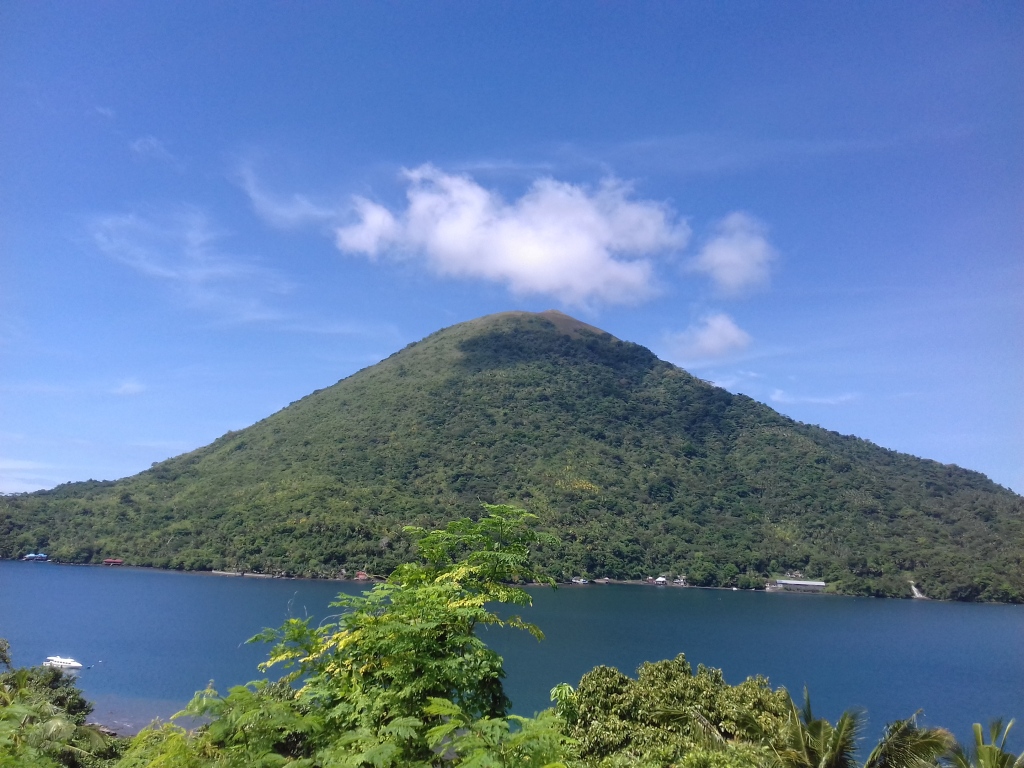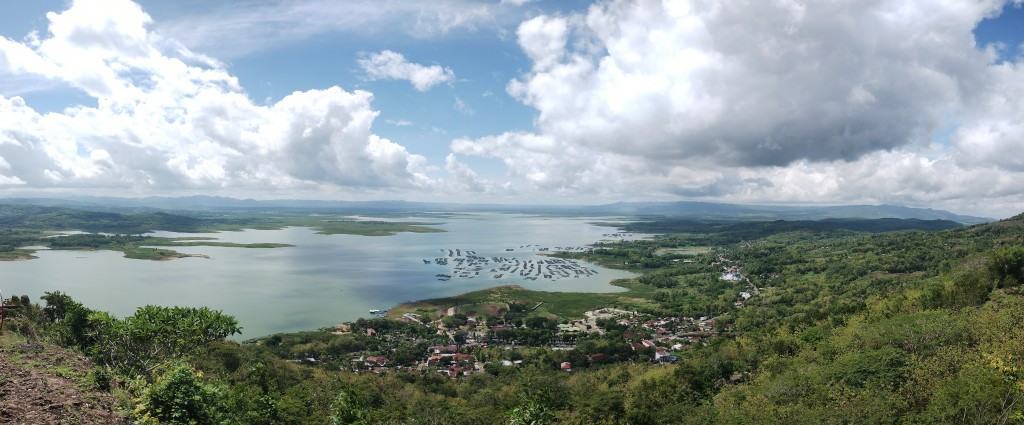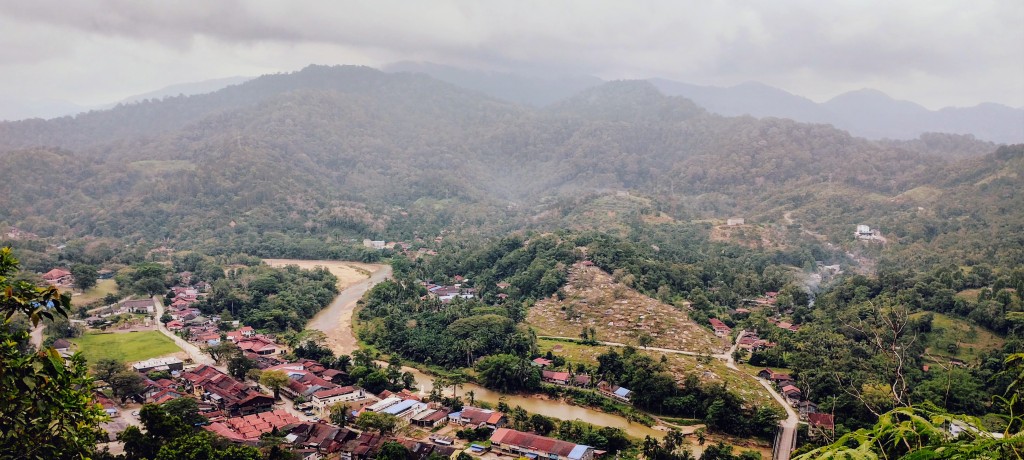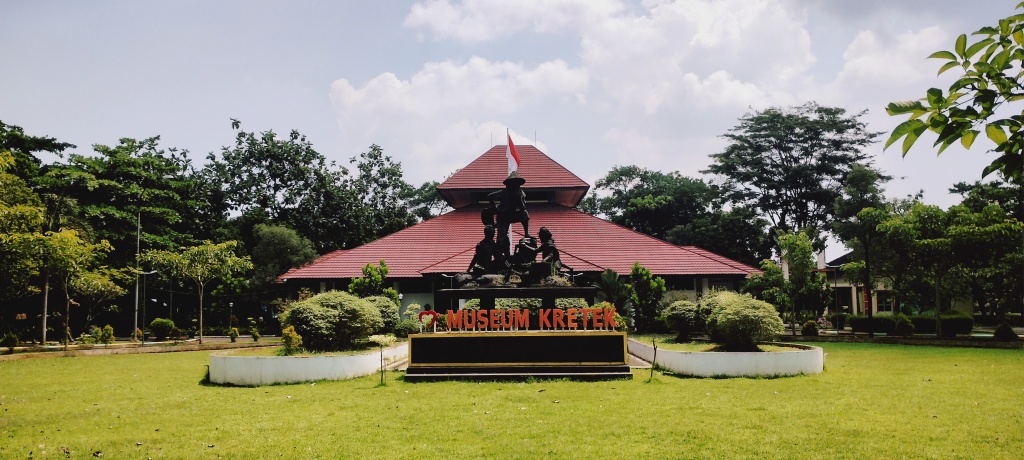For many visitors to Indonesia, the Banda Islands, historically renowned as a global centre of the spice trade, represent something of an unknown entity.
With all the classic idyllic getaway tropes in place – deserted beaches, a warm welcome, clear water ripe for exploration and, in Gunung Api, a resident volcano – this obscure corner of southern Maluku caters perfectly for the traveller with no real plans.
The first port of call for many will be sleepy Bandaneira/Banda Neira (also known as Banda). Visitors should not be surprised to find themselves wooed into a soporific daze as the flower-filled streets and easy-going pace work their woozy charms.
Famed as a source of nutmeg and other spices, the Bandas were colonised by the Portuguese and then the Dutch, whose colonial influence still lingers.

Why go
While it’s true that many heads straight for nearby islands Ai and Hatta – an admirable choice thanks to their excellent snorkelling, diving and undeveloped beaches – for others the real magic lies in absorbing Banda’s unique atmosphere, where nothing works as it should.
Plans are at the mercy of the weather or, in some cases, the language barrier, and, as such, facilitate a looser, more relaxed attitude. The news of a cancelled boat, for instance, will more often than not be met with a smile, shrug and sudden yearning for delicious cookies from the marketplace.
After a few days’ exploration locals greet visitors like old friends – and, if they’re lucky, teach them a new Bahasa Indonesian phrase or two – as ‘Banda time’ takes a hold. The warm welcome and total lack of cynicism make it impossible to be stressed as explorations reveal the daily comings-and-goings of a genuine Indonesian outpost.
Read more: Cathedral Spires: Ascending Seville’s Most Arresting Edifice.
A walk around the charmingly rundown streets may show a street party where attempts to dance and blend in elicit smiles, cheers and claps. Or equally, a conversation on the sidelines of a volleyball tournament could well bring an invitation to a local committee meeting.
These are disparate examples, but they all point to the same thing: as Banda’s gentle form of chaos begins to take hold visitors will discover it has etched its way onto their hearts.
What do
The best way to explore Banda is to walk around the peninsular, where dilapidated villas and museums rub shoulders in a nod to the area’s colonial past.
Beach fans and sun-worshippers in search of golden sand and clear blue sea should head straight for Pantai Malole to the island’s north. Those who delve further into the surrounding jungle can expect to find hidden, isolated stretches of beach, perfect for enjoying a cooling dip in the shadow of Gunung Api.

No walking tour would be complete without a detour around Tanah Rata village. Visitors will not only gain an insight into the island’s tranquil pace but also make some new friends as inquisitive youngsters gather to show off the area, share secret handshakes and lead an impromptu spice tour.
Back in Banda the pair of forts – Benteng Belgica and Benteng Nassau – present great views and highlight the violent extent of the Dutch occupation. In keeping with the island’s laissez-faire nature, they seem to open sporadically; expect to pay a 10,000rp donation.
Meanwhile, Rumah Badaya, Banda’s little museum (9am – 5pm, 20,000rp), is also worth a visit with colonial artefacts on display.
For those interested in stargazing, Banda offers an ideal spot to watch the skies. The airstrip with its wide-open spaces is a great place to lay back and stare into infinity (watch out for motorbikes) while the jetty outside Delfika 2 guest house offers equally cosmic views.
Where stay
Delfika 2 guest house enjoys an ideal location down an alley between the market and the jetty. Balcony rooms (300,000rp) in particular showcase Gunung Api in all its glory, while downstairs rooms (275,000rp) are well-served by a spacious common area. Contact Mr Bahri at delfika1@yahoo.com for more information.
Where eat
Many warung and vendors, centred around the harbour, offer no-frills, classic fare. Meanwhile, those looking for tasty dining should look no further than Delfika Cafe where fruit juices, pancakes and all manner of sweet treats complement Indonesian classics.
Cookies and doughnuts – both fiendishly addictive – are available from street sellers, while nutmeg jam enjoys a ubiquitous presence.
How get to Banda and away

Such times are where patience and flexibility come into play, especially during wet periods where boats and flights face regular cancellations.
In theory, a small 12-seater propeller plane makes regular trips from Ambon – Bandaneira and back again (Wednesdays during the rainy season with more taking place over the rest of the year). Book tickets well in advance and check for updates. Call or message +6281354357 for more information.
Equally unpredictable is the Express Bahari 2B boat, scheduled to leave Tulehu for Banda on Mondays and Fridays at 9am, returning at the same time on Tuesday and Friday. However, it can fall victim to the weather with crossings often cancelled – the harbour office, guest houses or restaurants can all provide updates. The trip is six hours with VIP tickets costing 650,000rp and economy seats available for 400,000rp, although the dearer option is not necessarily worth the added expense.

Pelni ferries (85,000rp) are a surer way to reach and leave Banda. Check the website or the office on Banda for timetables.
Boats leave the jetty outside Delfika 2 for passage to Ai and Hatta, Monday to Saturday, typically in the mornings. Be sure to confirm with the captain when the boat leaves. Trips cost about 50,000rp. Visitors can charters boats at an inflated rate (up to 1,000,000rp per vessel per trip).
(Today’s Editor: If you like this, please read our guide to Bunaken, another of Indonesia’s life-defining islands.)








Leave a comment